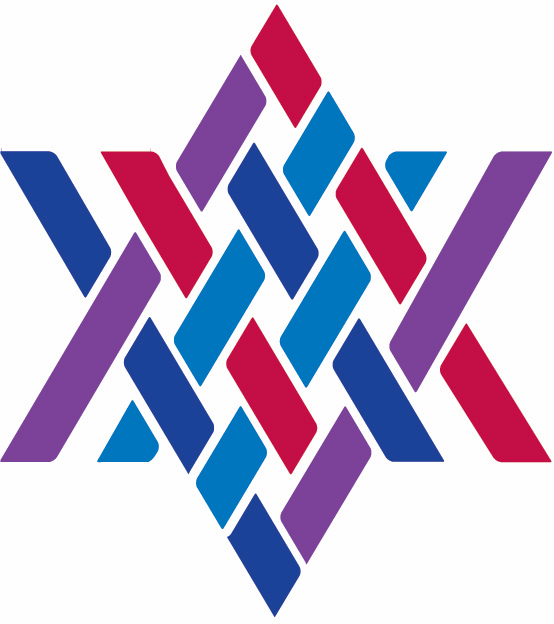Parashat Behukotai
by Rabbi Jill Hammer
Parashat Behukotai is a manifestation of an ancient theology that seems distant and yet becomes more relevant to us by the day. In this parashah we learn that the covenant between the Divine and human beings is deeply intertwined with the covenant between the Divine and the earth. In fact, the two covenants cannot be separated. The earth is alive with relationship to God just as we are. This understanding of covenant affects our relationship to the earth and also can affect our way of thinking about sacred space.
In the parashah, the Israelites are promised an abundant earth: Ve-natnah ha’aretz yevulah, ve’etz hasadeh yiten piryo: The earth will give its produce and the tree of the field its fruit. Nature will be abundant and fecund. Your threshing will overtake your vintage and your vintage will overtake the sowing. In other words, each harvest will be so full it will Read More >

